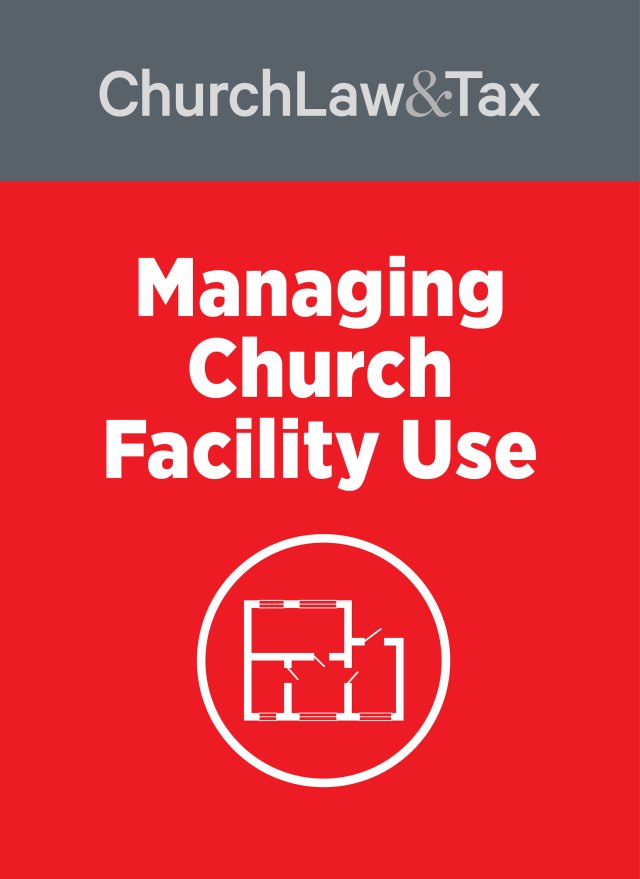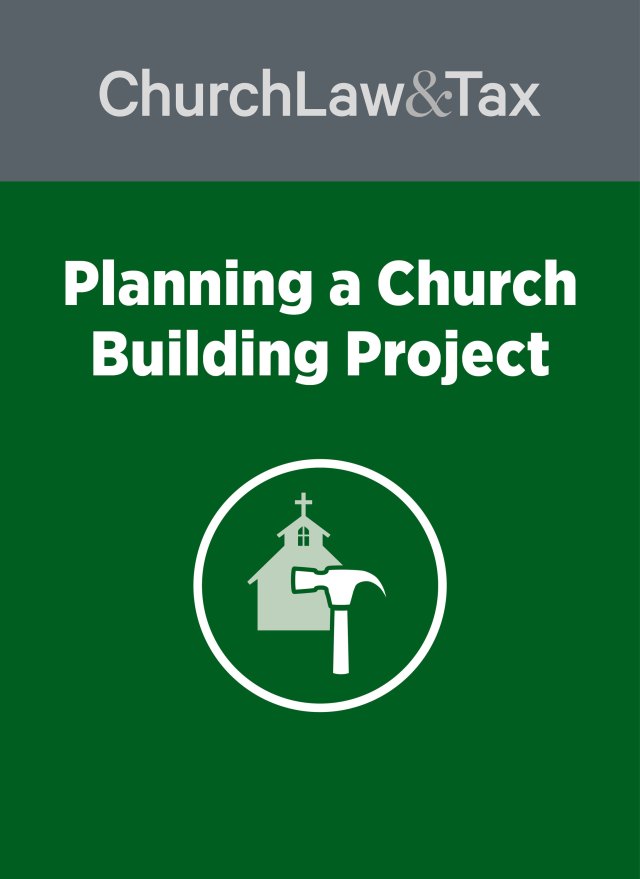• Key point: Churches can be legally responsible for the injuries of trespassers occurring on church property.
• A Minnesota appeals court addressed the issue of a church’s liability for injuries occurring to trespassers on its property. It is common for church property to be frequented by trespassers. Examples include neighborhood children using outdoor exercise equipment, skateboarding or riding bicycles in the parking lot, or playing baseball in the parking lot or on the church lawn. Can a church be legally responsible for injuries occurring to children under these circumstances? This is an important question. In the recent Minnesota case, two young persons riding on a motorcycle were seriously injured when they struck a barrier on a private drive leading to the church parking lot. Access to the church’s parking lot was by a private drive off a public street. The drive took a sharp turn to the left before leading to the parking lot. To protect against persons missing the turn at night or with snow on the ground, the church constructed an unmarked dirt barrier at the curve. The entrance to the church’s private drive contained a small sign that said “The Episcopal Church Welcomes You.” The motorcyclists inadvertently entered the private drive at night in an attempt to find a residential address. They were unfamiliar with the vicinity of the church, and did not realize that the private drive they entered was not a public street. The motorcyclists sued the church, and the city, for negligence. A trial court ruled that the victims were trespassers, and accordingly could not recover any money damages from the church. The victims appealed, and a state appeals court reversed the trial court’s decision and concluded that the church was responsible for the injuries. For many years, the church had problems with motorists entering the private drive, missing the curve, and driving onto the church’s property. The church’s pastor admitted that he knew of other accidents occurring on the private drive on at least five previous occasions. On many occasions the church attempted to place warning devices on the curve including a sign with arrows, poles, and railroad ties, but all of these later removed and the dirt barricade was constructed. The appeals court concluded that the victims were not trespassers. It reasoned: “A possessor of land who so maintains a part thereof that he knows or should know that others will reasonably believe it to be a public highway is subject to liability for physical harm caused to them, while using such part as a highway, by his failure to exercise reasonable care to maintain it in a reasonably safe condition. . . . The injured person, being misled by the other’s conduct, is clearly not a trespasser.” The court concluded that “the church knew that motorists were repeatedly misled to believe the road was public,” and that the church had not taken reasonable steps to protect against the risk of accident on the dangerous curve.
Perhaps the most important aspect of the court’s decision was its conclusion that the church was liable for the victims’ injuries even if they were trespassers. It observed: “[A church] has a duty to warn trespassers of danger on its property” if trespassers regularly use portions of a church’s property. There was no doubt in this case that church officials were aware that trespassers regularly entered the church’s private drive and parking lot, mistakenly thinking that they were on a public road that was a through street. Significantly, the minutes of the church board stated that the driveway curve and dirt barricade “were likely to cause death or serious bodily harm.” The court observed: “The church had reason to believe that motorists would not discover the unmarked curve and [barricade] as evidenced by the church’s repeated efforts over the years to install barriers and signs to protect the area. The church’s ineffective efforts to alert motorists of the curve into the parking lot could have led the jury to believe that the church failed to exercise reasonable care to warn of the dangerous condition.”
This case is significant for the following reasons. First, it illustrates that churches can be legally responsible for injuries that occur on private driveways on their premises if the public reasonably believes that the private driveway is a public road. Many churches have such driveways. To reduce the risk of liability, churches should install conspicuous signs (either reflective or illuminated) that clearly identify the driveway as a private road. Any dangerous conditions on such private drives should also be removed. Second, and most importantly, the case illustrates that churches can be responsible for the injuries of trespassers occurring on their property, if church leaders know that trespassers regularly use a portion of the church property and they fail to warn the trespassers of a dangers on the property or make those dangers safe. Churches often allow neighborhood children to play on church property. This is perfectly understandable. But church leaders must recognize that allowing minors to use church property may impose a duty on the church to warn of dangers or make those dangers safe. Since minors who use church property are often too young to read, warning signs will not be sufficient with respect to such persons. The lesson is clear—church leaders should correct any dangerous condition on their property if the property is used regularly by trespassers. Further, dangerous activities should not be tolerated, including skateboarding, all terrain vehicles, and dirt bikes. Third, the case illustrates the importance of what is contained in the minutes of church boards. In this case, the board minutes reveal that the board was aware of the dangerous condition on the church property, and the likelihood that someone would be seriously hurt. The court concluded that such knowledge imposed a duty on the church leadership to correct the problem. Reider v. city of Spring Lake Park, 480 N.E.2d 662 (Minn. App. 1992).
See Also: Premises Liability
© Copyright 1993, 1998 by Church Law & Tax Report. All rights reserved. This publication is designed to provide accurate and authoritative information in regard to the subject matter covered. It is provided with the understanding that the publisher is not engaged in rendering legal, accounting, or other professional service. If legal advice or other expert assistance is required, the services of a competent professional person should be sought. Church Law & Tax Report, PO Box 1098, Matthews, NC 28106. Reference Code: m58 m86 m21 c0293



